Fruits are nature’s candy and offer an array of flavors, colors, and textures for us to enjoy. But these sweet treats are so appealing because of their high sugar content, and if you’re on a low-sugar or no-sugar diet, you might want to avoid them.
But some fruits are lower in sugar than others, making them a better choice for smoothies and snacking. All nutrition data comes from the USDA and is measured using amounts of 1 US cup, unless otherwise noted.
NOTE: These numbers are for fresh fruit only. Dried or other processed fruits have more sugar, either naturally through the drying process or because sugar is added.
Acai
This palm fruit comes to us from the Brazilian rainforest and is usually found stateside in the form of acai bowls. While these bowls are delicious, I do have some bad news: They are total sugar bombs. Often the acai is pre-sweetened, then blended with juice or sugar-sweetened milks, loaded with bananas, berries, and then topped with honey.
Skip the cafe-made bowls and get your acai fix by buying frozen, unsweetened acai packs. This unique fruit has a high-fat content and is loaded with antioxidants, so it’s super good for you. It’s one of the few fruits I’d recommend drinking plain as a juice (just thaw the frozen packs). Unsweetened acai packs contain ZERO sugar, making them the lowest on the list.
Avocado
Sure, it’s not usually what we think of when we think of fruit, but technically avocado is a fruit. Avocado is actually awesome in smoothies, can be blended when frozen to make “nice cream,” and is deeply satiating because of the high-fat content. The sugar content in avocado is, perhaps not surprisingly, only about 1 gram per cup cubed.
Berries
Generally, all berries are considered to be lower sugar. This includes raspberries, boysenberries, strawberries, and mulberries. One cup of whole strawberries has 7 grams of sugar, raspberries have 5 grams, blackberries and boysenberries contain 7 grams, cranberries contain just 4 grams, and mulberries come in with 11 grams.
Blueberries top the sweet list at 15 grams of sugar per cup, which I think is surprising for their rather tart flavor. So, when choosing berries, raspberries and other aggregate berries are your best choice for lower-sugar options.
Cantaloupe
Once you learn that cantaloupes are a member of the cucurbit family (which includes cucumber, zucchini, pumpkins, and watermelons) it kinda makes sense that cantaloupes are on this list of lower-sugar fruits. One cup of diced cantaloupe contains about 12 grams of sugar.
Citrus Fruits
I think not surprisingly, the pucker-worthy citrus family is quite low in sugar. Fruits like lemons and limes are the lowest, while oranges and mandarins are higher. Lemons and limes both contain about 1.5 grams of sugar per average-sized fruit, and oranges are definitely on the sweeter side, coming in at almost 12 grams per orange.
And despite their relative sourness, grapefruits contain about 18 grams per medium-sized fruit, just slightly over what is found in an orange (taking into account relative size of each fruit).
Papaya
Bright orange color and unique in flavor, papaya offers a lot of good flavor in a small package. Ripe papaya has about 12 grams of sugar for a medium-sized fruit. You can also enjoy green papaya, which is shaved/sliced green papaya fruit that you’ll often find on Thai menus. Because the sugar hasn’t yet developed, it’s even lower than the ripened fruit.
Tomatoes
Eh, mostly a vegetable but technically a fruit! Tomatoes are really high in antioxidants and the important vitamin lycopene. Tomatoes rank at 7.8 grams of sugar per cup of chopped fruit.
Watermelon
Eat as is, ball into a summer salad, or freeze cubes of cut watermelon to be used as “ice” cubes or blended into drinks and smoothies. One cup of fresh, cubed watermelon is only about 9 grams of sugar.
So, which low sugar fruit is the healthiest option? If we remove the more savory or sour fruits, like lemons, limes, avocados, and tomatoes, the most delicious and yet still lower in sugar are berries: They feel like real fruit, offer enough sweetness to keep you interested, and can help brighten your granola, smoothies, or yogurt bowls. But it’s also good to know that cucurbits like melons are a sweet treat without overloading us with daily sugar intake.
What’s A “Low-Sugar” Fruit?
There is no official definition of the term “low sugar.” When it comes to food labels, the phrases “no sugar,” “reduced sugars,” and “no added sugars” have official definitions. But “low sugar” doesn’t have such rules, and is therefore not allowed on food labels.
The other thing to note is that fruit juices (and even some vegetable juices, like carrot) are very high in sugar and have as much effect on our blood sugar as drinking a soda. The reason for this is that when you eat whole fruits, the fiber in the fruit flesh helps slow the digestion of the sugars, making it more gentle for our bodies to digest. Fruit juice doesn’t have that fiber, making it more of an immediate sugar injection.
If you’re going to drink juice, stick to homemade green juices made from cucumber, celery, lettuce, greens, and maybe just a bit of fruit to sweeten the mix. Skip apple, beet, carrot, and other sweet bases.
So, when it comes to fruit (or other unprocessed foods), you have to dive into specific nutrition data to find the best low-sugar options that are the best choices for you and your diet. You need to look at them in comparison to other fruits and to your daily diet to decide which fruits fit the best.
How Much Sugar Is Too Much?
Humans don’t need sugar for our bodies to run optimally. So while adding a few berries to your morning smoothie for flavor is fine, adding berries, bananas, and mango might make your “healthy” smoothie more of a sugar bomb.
The American Heart Association offers daily recommendations for sugar consumption that might be wildly lower than your expectations. AHA says that men should consume less than 9 teaspoons/36 grams and women 6 teaspoons/25 grams per day. For reference, an average 12-ounce soda contains about 39 grams of sugar, and a 12-ounce bottle of 100% apple juice contains 39 grams of sugar. Yikes!

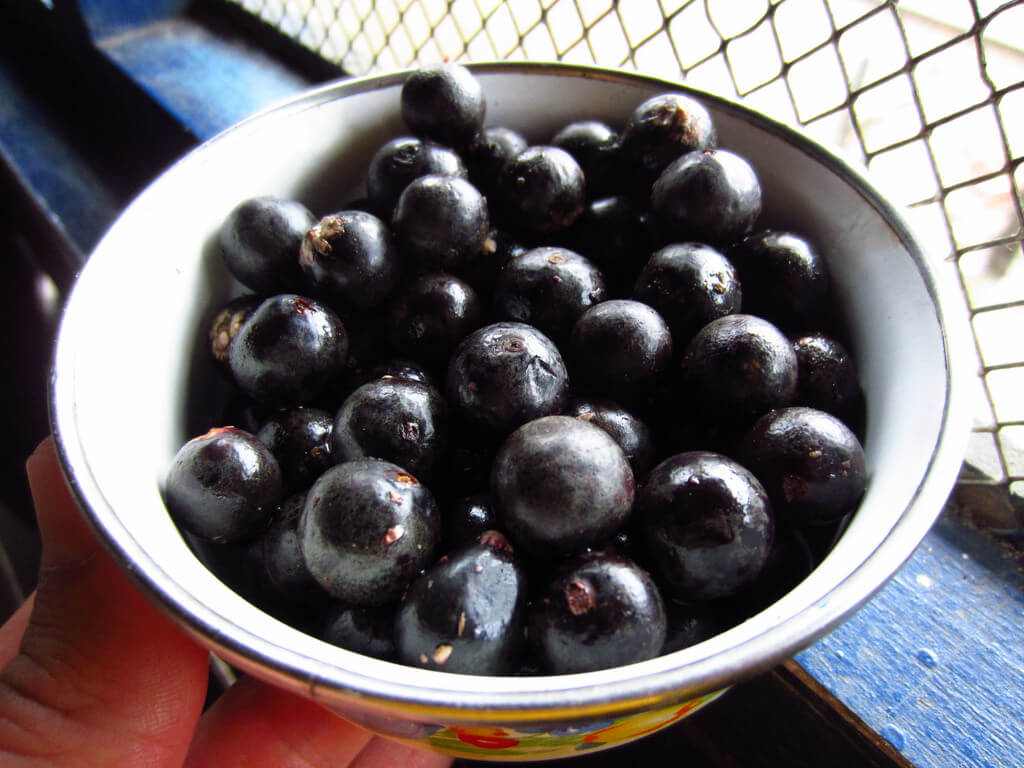
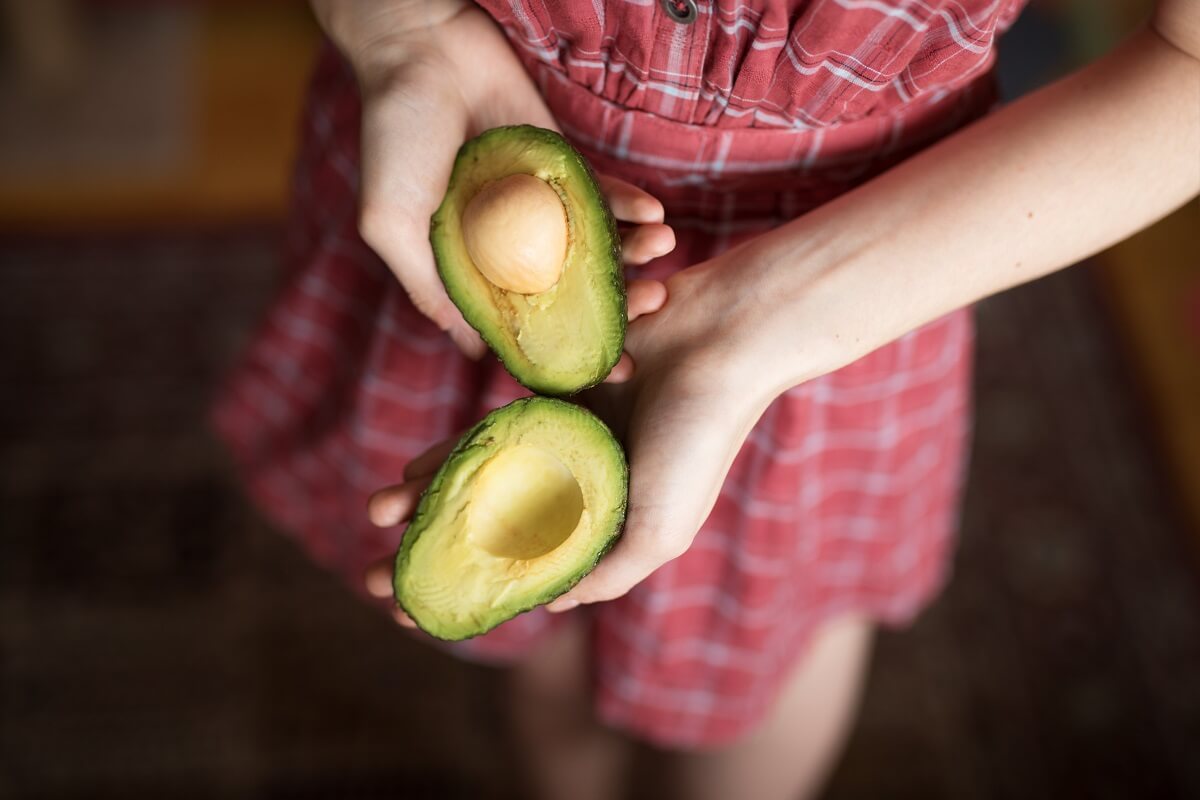
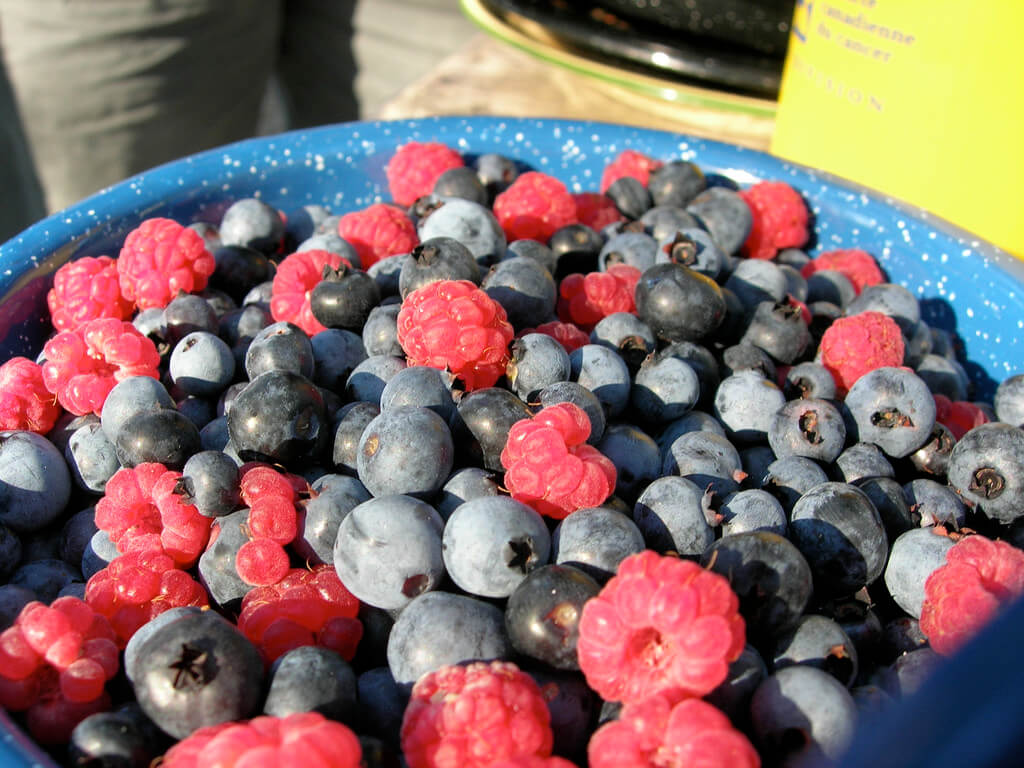
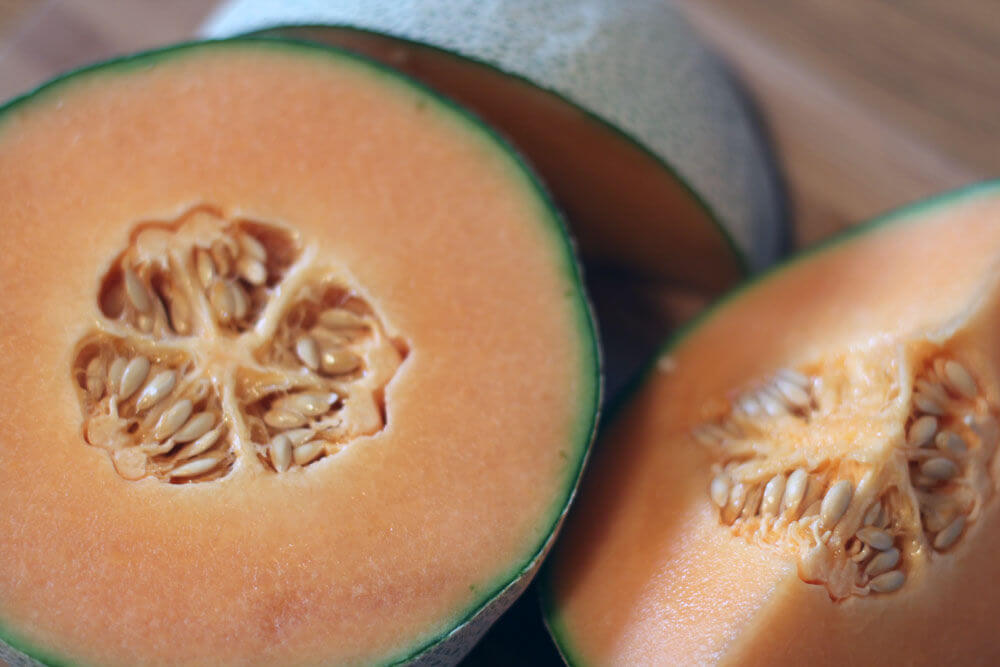
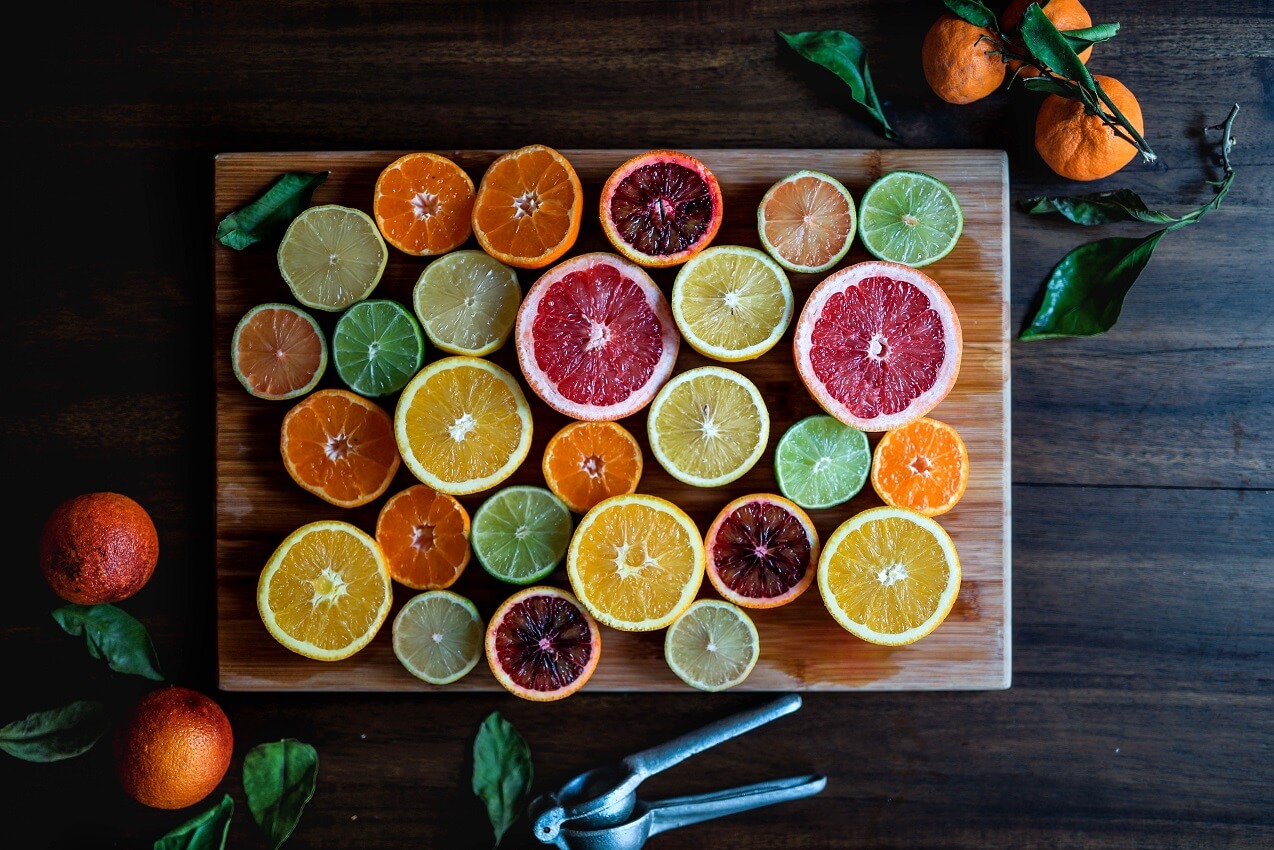
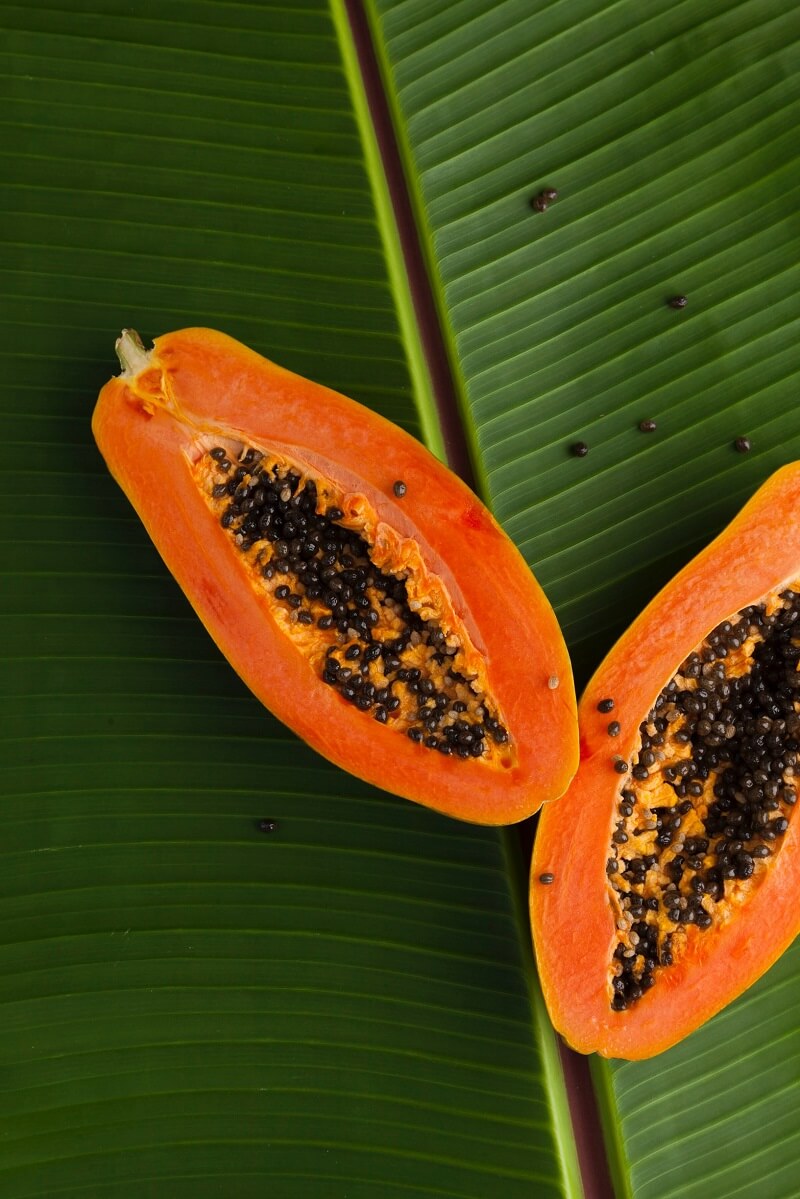
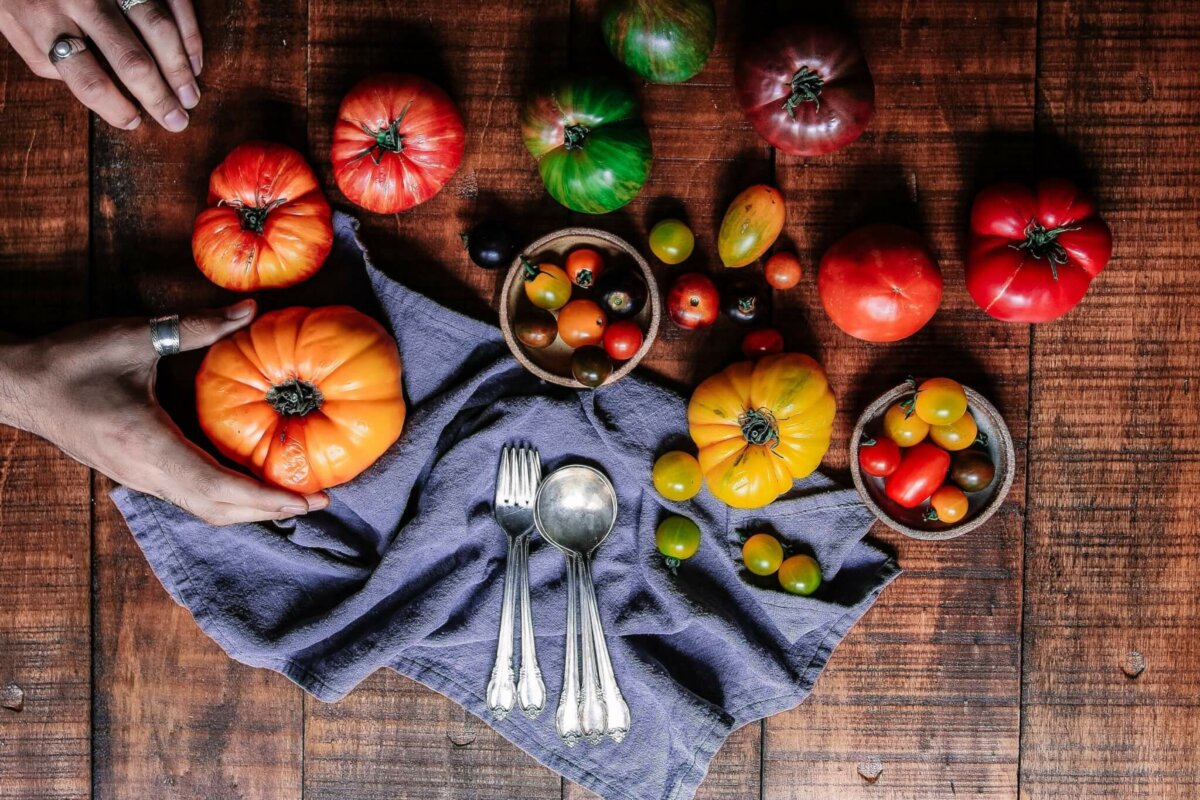
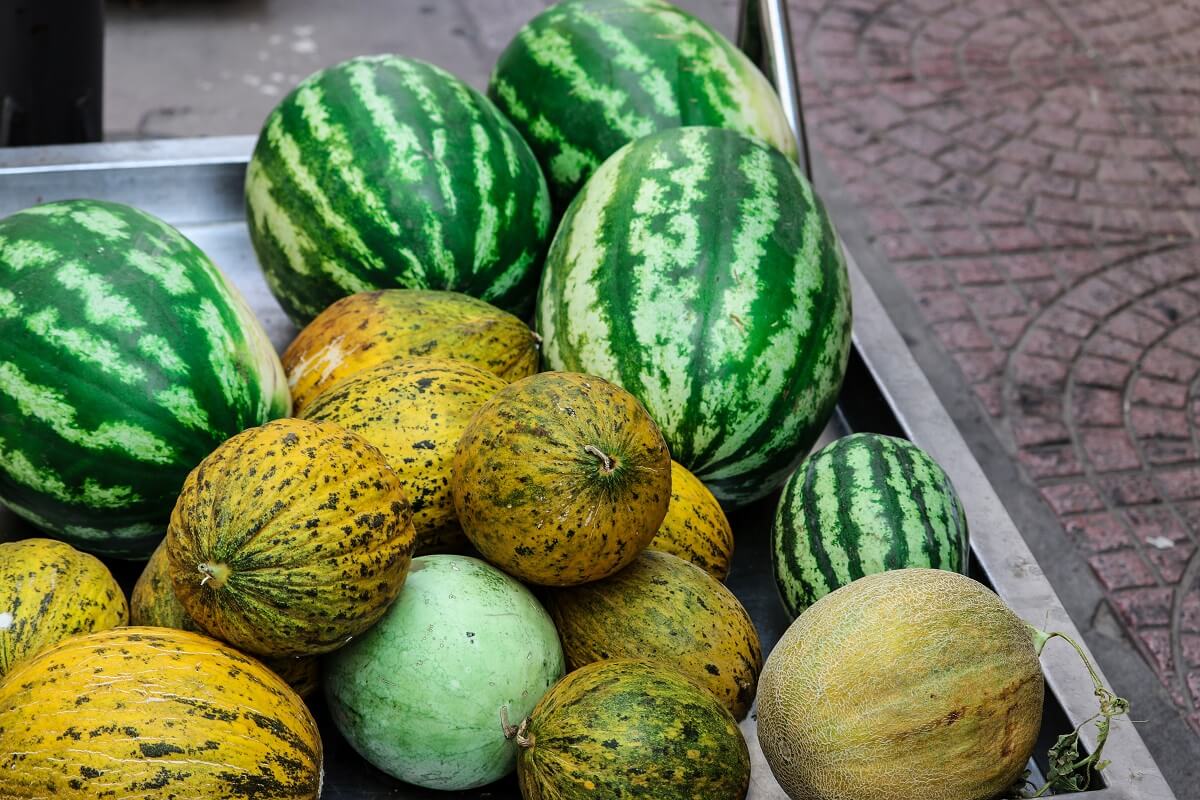
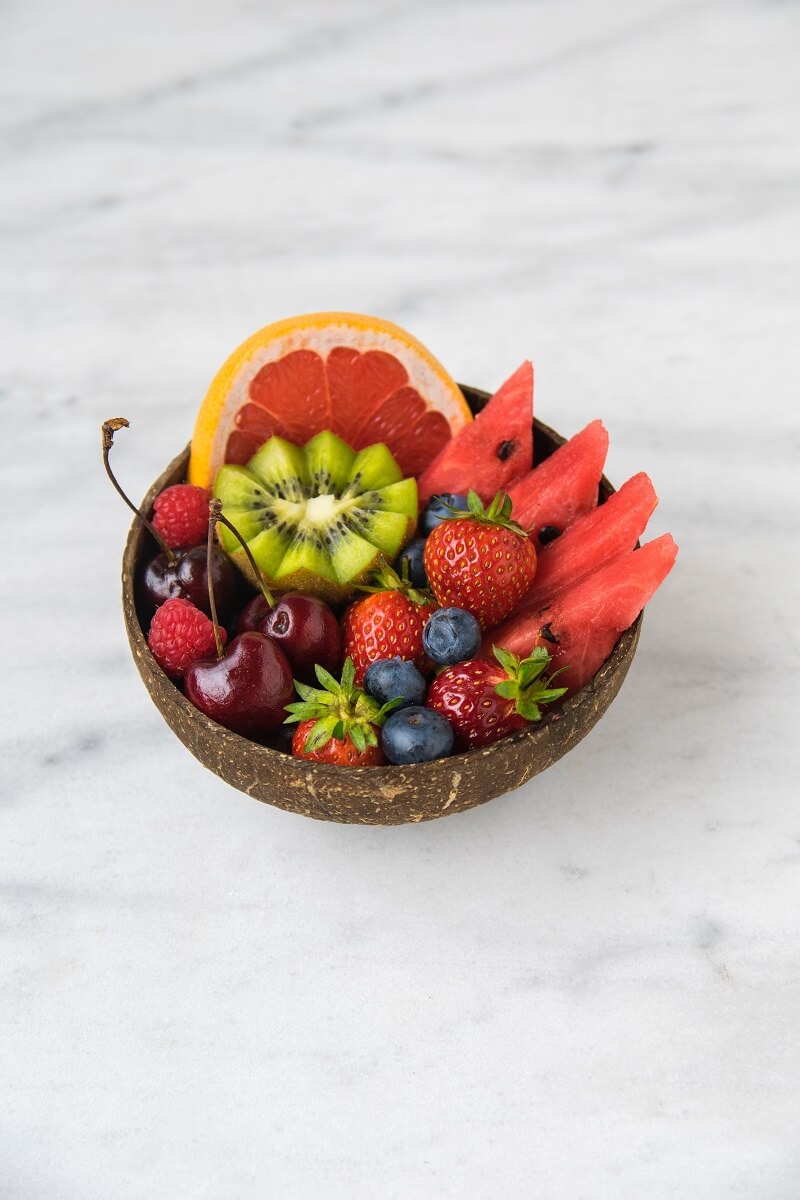

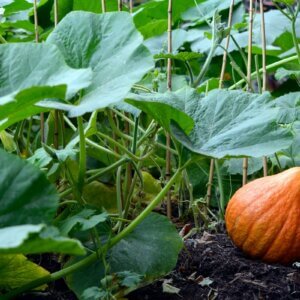


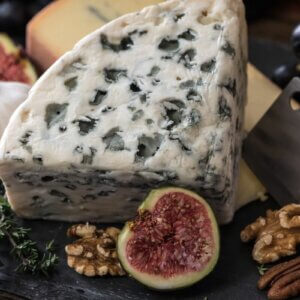


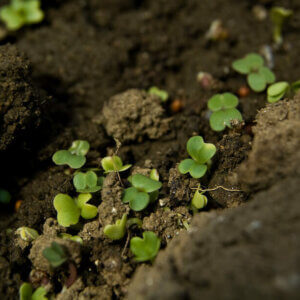
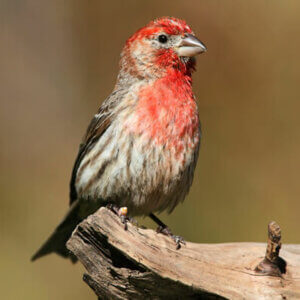


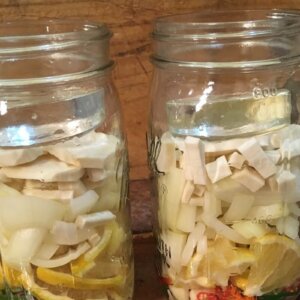
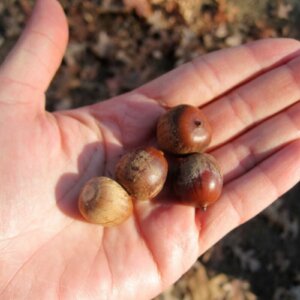
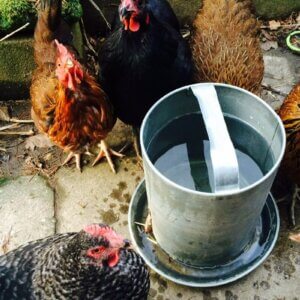



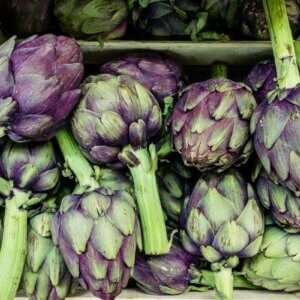








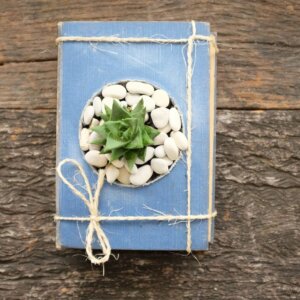
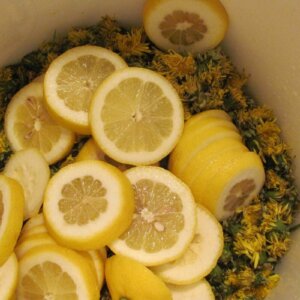





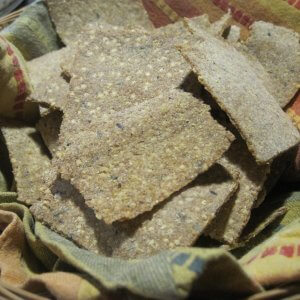
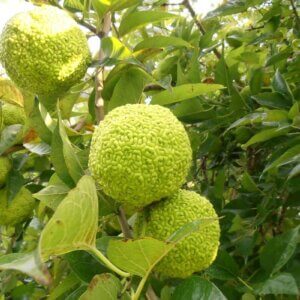
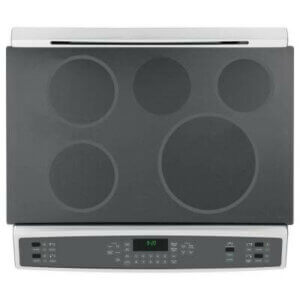



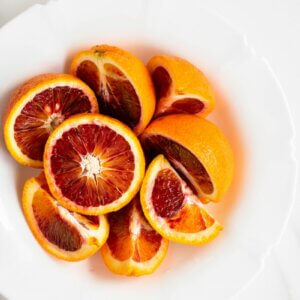
Leave a Reply